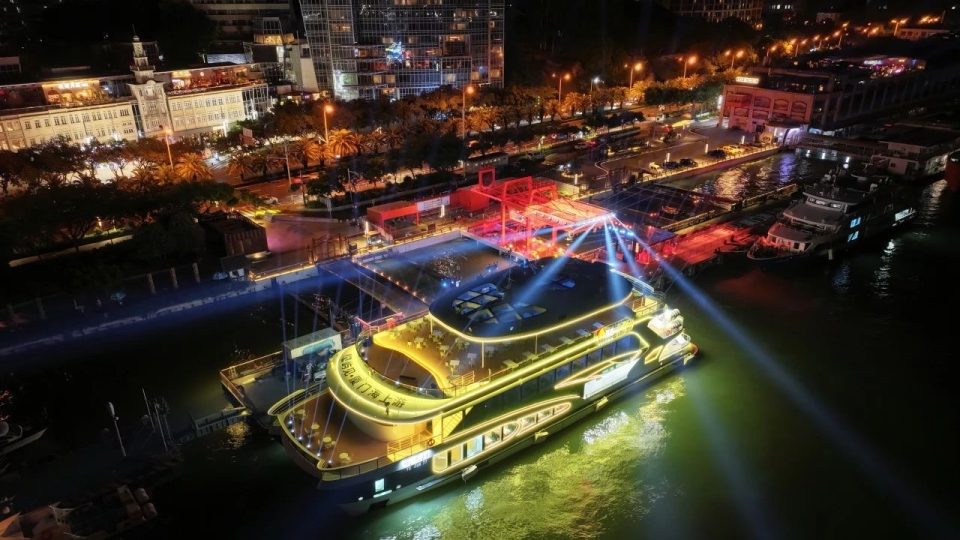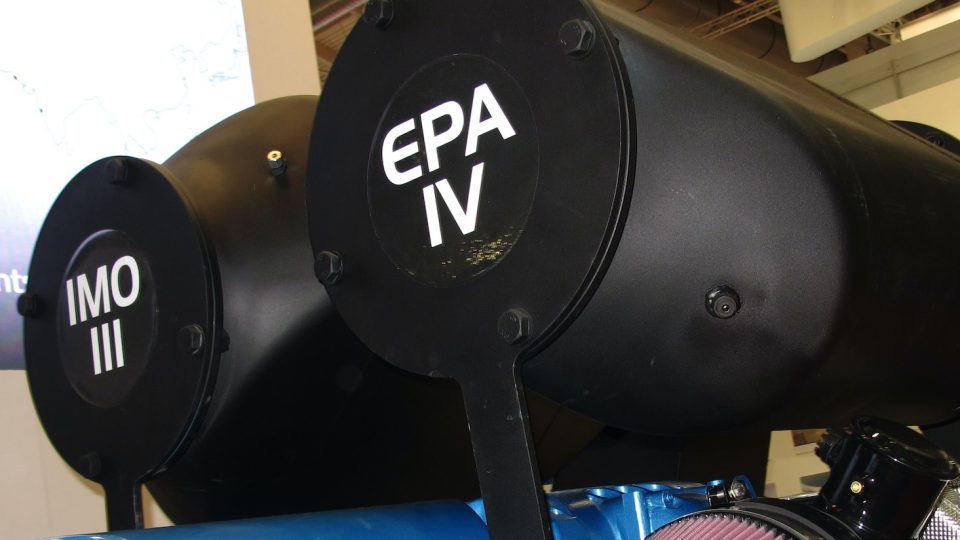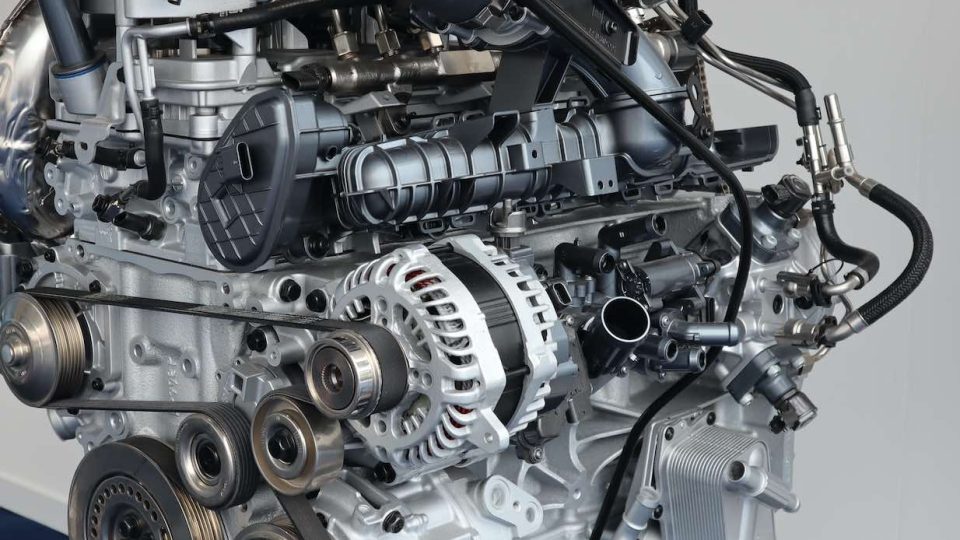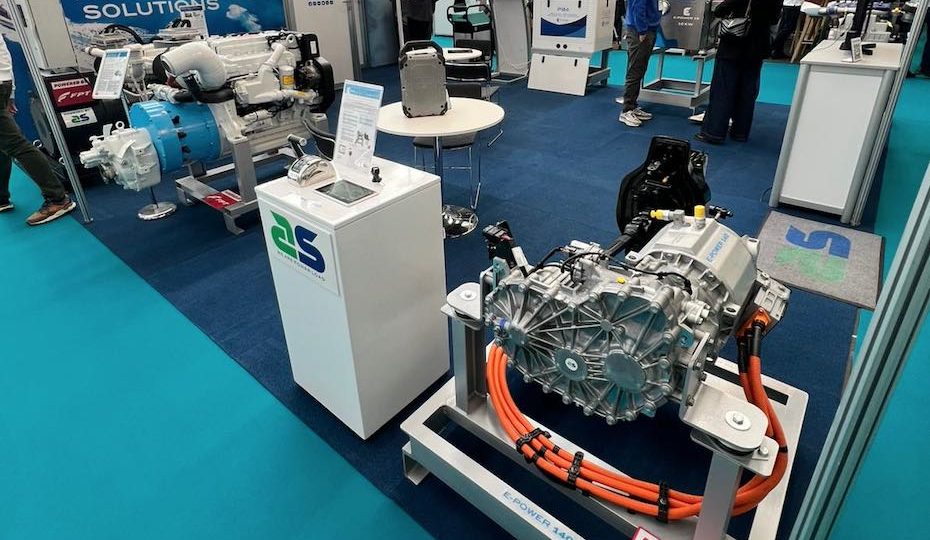MAN Energy Solutions launches AmmoniaMot 2 research project
MAN Energy Solutions has now announced launching the AmmoniaMot 2 research project. Initiated by MAN with partners from industry and research institutes, the project aims to develop a four-stroke, medium-speed, dual-fuel test engine that runs on ammonia.
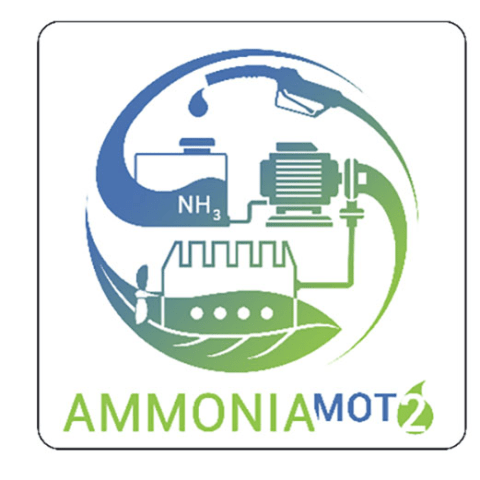
Having designed and tested the first two-stroke ammonia engine, MAN Energy Solutions has now announced launching the AmmoniaMot 2 research project. Initiated by MAN with partners from industry and research institutes, the project aims to develop a four-stroke, medium-speed, dual-fuel test engine that runs on ammonia.
Read also: MAN Energy Solutions: first ammonia engine test completed
Supported by the German Federal Ministry for Economic Affairs and Climate Action (BMWK), the project commenced in August 2024 and is scheduled to run for 3½ years. It is the successor to the AmmoniaMot project, which dealt with fundamental investigations concerning ammonia combustion in internal-combustion engines and that ended in May 2024. Its promising results form the basis for the even more ambitious AmmoniaMot 2, once again led by MAN Energy Solutions with the same partners from the original project and supplemented by some new, namely: WTZ Roßlau, Woodward L’Orange, the University of Munich (SFM), Neptun Ship Design, the University of Rostock (LKV), GenSys and MNR.
Alexander Knafl, Head of Engineering R&D Four-Stroke, MAN Energy Solutions, said: “For MAN Energy Solutions, this project is the next logical step after the previous AmmoniaMot project. It perfectly supports our own strategy to develop sustainable technologies and we very much appreciate the opportunity to work with our distinguished partners. For us, the path to decarbonising the maritime industry starts with decarbonising fuels and, in this context, ammonia is an excellent candidate as it is carbon-free and thus avoids CO2-emissions when used as a fuel in our engines.”
MAN Energy Solutions sees the future application of ammonia-powered, four-stroke engines primarily in newbuild projects without passengers, such as cargo or special vessels, or as an auxiliary GenSet for large ammonia-powered two-stroke vessels. For passenger ships such as ferries and cruise liners, MAN Energy Solutions is currently focusing on methanol as that segment’s fuel of the future and is already developing corresponding engines in parallel.
Christian Kunkel, Head of Combustion Development, Four-Stroke R&D, MAN Energy Solutions, added: “In the original AmmoniaMot project, we laid a strong foundation with our excellent partners and proved that ammonia is a suitable fuel for medium-speed applications with the potential to reduce greenhouse-gas emissions by 90-95% while complying with existing emission regulations. I am more than excited to take the next step with our partners in AmmoniaMot 2. There is no doubt but that ammonia will become an important carbon-free fuel and thus not just contribute to the decarbonisation of the maritime sector.”
AmmoniaMot 2: the role of partners
- MAN Energy Solutions is responsible for the entire engine concept for the ship application, including the exhaust-gas aftertreatment system;
- WTZ Roßlau will develop the combustion concept for the engine and test the injection components under realistic conditions;
- Woodward L’Orange will develop the injector prototype for the engine;
- The University of Munich (SFM) is responsible for the 3D-CFD combustion simulation;
- Neptun Ship Design will develop the demonstrator of the high-pressure fuel-supply module for ammonia (CAPSAM), taking into account the safety requirements aboard ships;
- The University of Rostock (LKV) will conduct experiments for the injection technology, exhaust-gas aftertreatment concept, lubrication of ammonia engines and will develop 0D/1D simulation models on the basis of these experiments;
- GenSys will be responsible for the construction of the demonstrator of the high-pressure fuel-supply module for ammonia (CAPSAM);
- MNR will develop the double-walled fuel system and the compensator for the high-pressure fuel piping system for ammonia.


